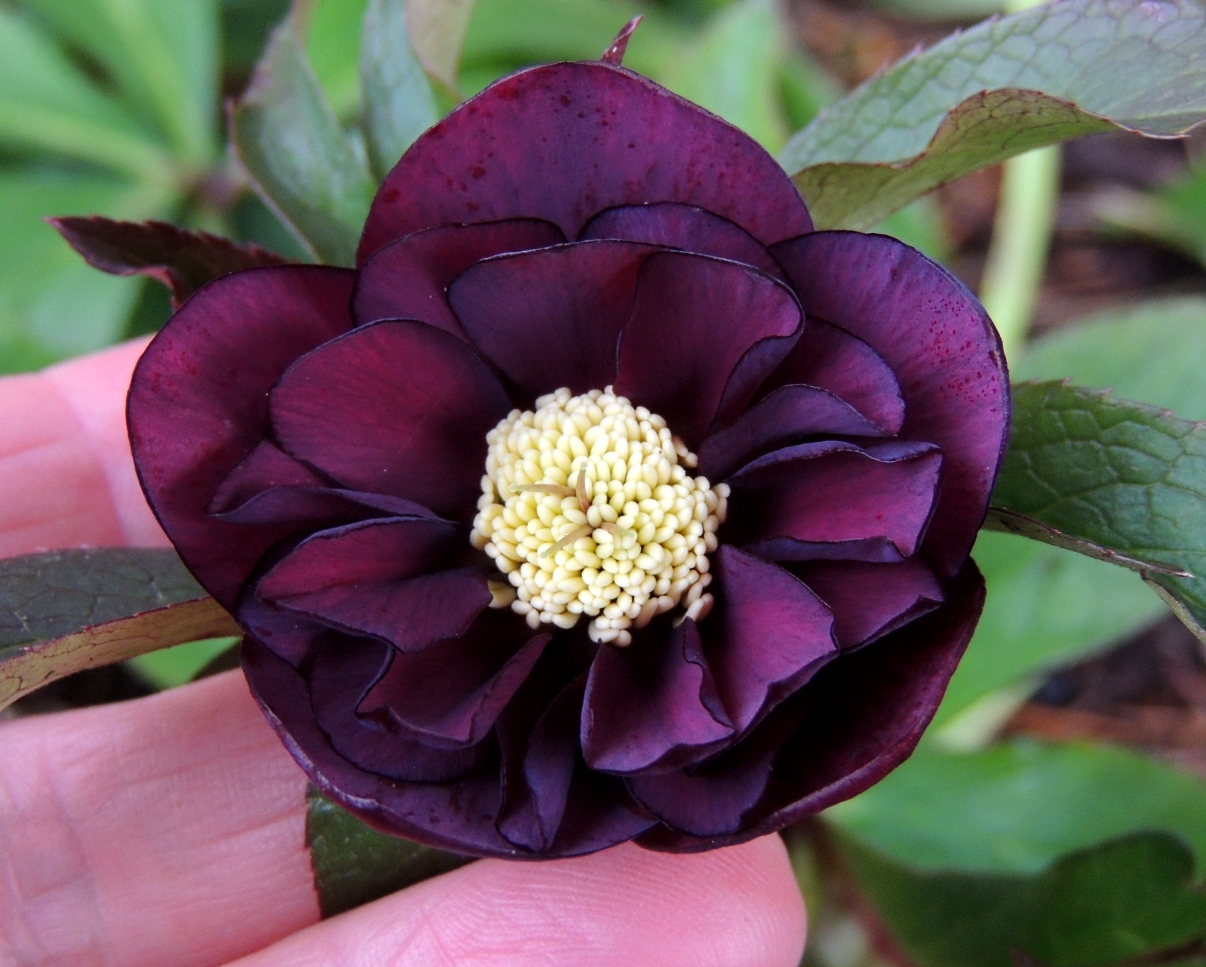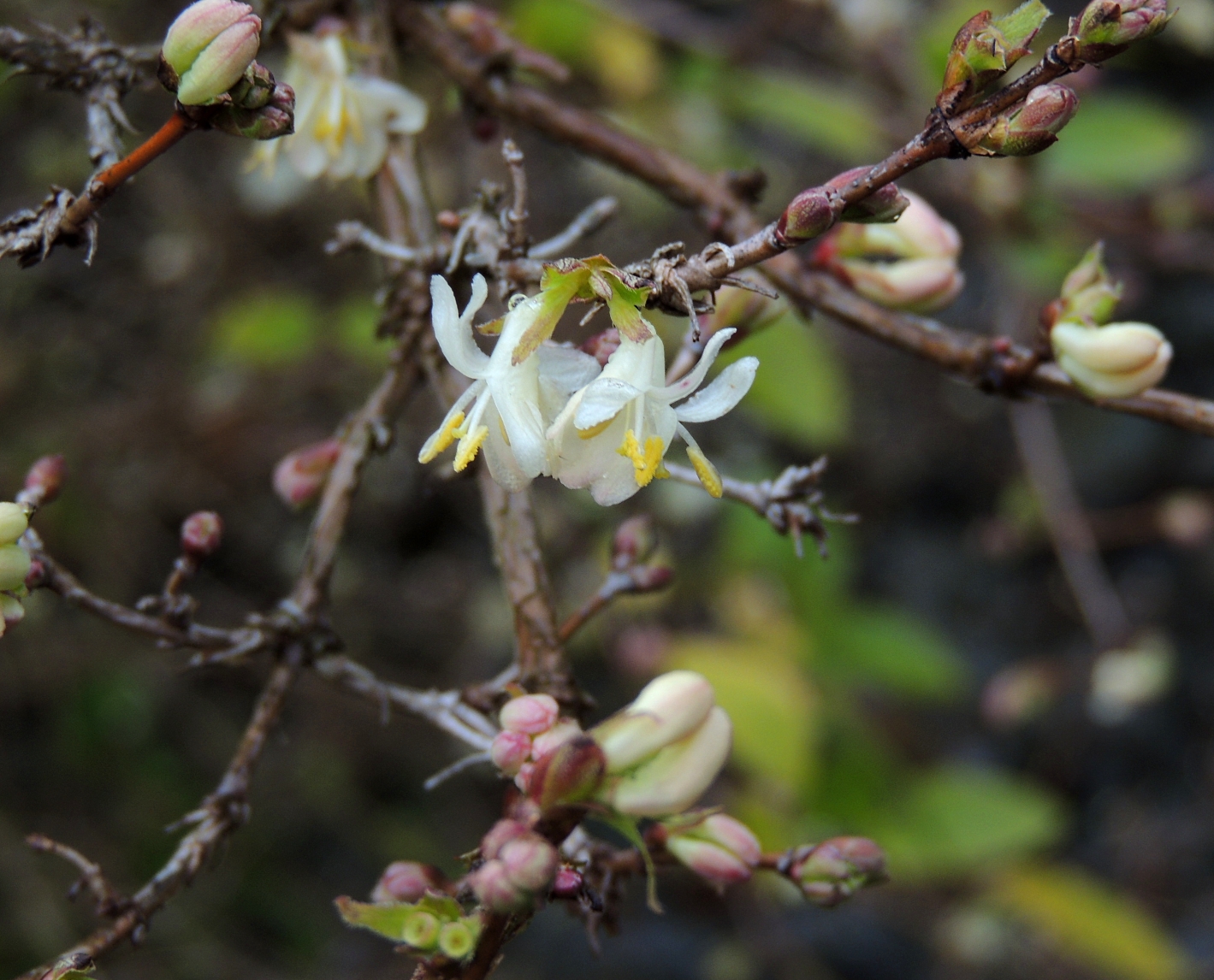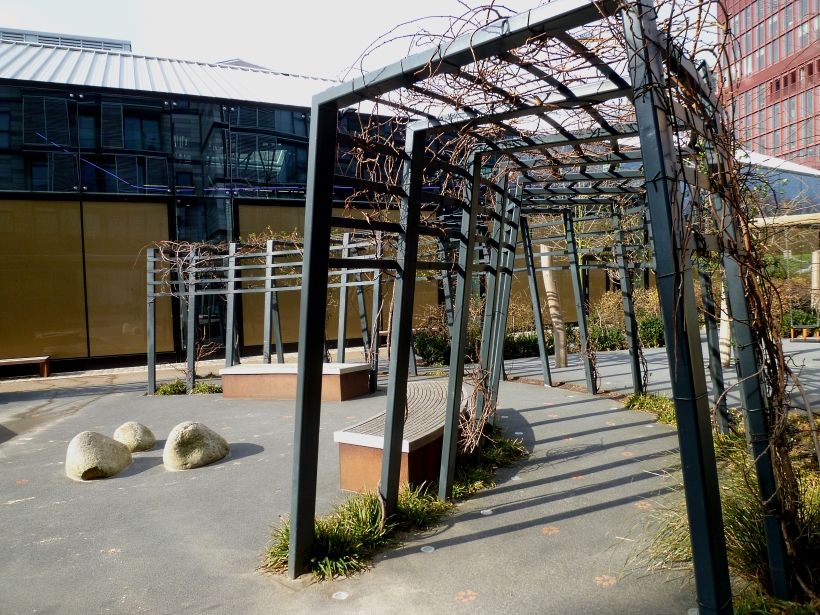
I loved this surprise. Having planted about 60 Allium nigrum and atropurpureum bulbs in late November on the stony, garrigue slope at the front, it was grand to see all of them, bar a few, poking through so strongly in early Feburary. Of course, weeks will pass while the stems elongate and finally the buds break, but it feels good to be at the beginning of that process.

These Erodium pelargoniflorums are one of my early year favourites. Easy to grow from seed, three years later, they are seriously clumping up, in fact I will need to chop some bits off next year as gardening is a little smaller scale here in Oloron. They are a beautiful emerald green presence, and happily die back in the summer to re-emerge in the winter. Such good house guests.
And then there are the Hellebores. I left so many behind, which occasionally breaks my heart, but I am slowly and steadily adding to the few that I brought with me. I think that if there was only one spring flowering plant for me, the Hellebore would come in in a tiebreaker with the Erodium. I like narcissi, tulips and all the rest, but for sheer staying power and absolute reliability, they are outrun by the Hellebore and the Erodium.
If I was really smart, I would have made raised beds so that you don’t have to lie down or hold them by the neck to see their exquisite formations. This beautiful cream, more than white really, collared one came from the old garden, I adore the pale yellow and green glints in the collar. The thing about raising them up is that I also really appreciate their jungly foliage which carries on through the year, and it looks best at ground level with the rest of whatever you have around them. So I continue to bow to the Hellebore and get down to get up close and personal.

The brilliant white stamens on this one almost glow in the morning light.

This one is a new one this year, the delightful pointed petalled ‘Pretty Ellen White’ which also has delicate freckling, another adorable feature. This one was bought online here in France, and here we encounter the ‘naming problem’- that is, that the horticultural name in Latin and often the variety name in English, often gets mangled in the translation. So my flower looks entirely different from the flower on the link. With Hellebores, which are very promiscuous and prone to running away with strangers, it doesn’t massively matter- what matters is that you like what you are growing, and who knows, your own plants may be unique to you. Though too much interbreeding gets you pink mud coloured flowers- not so good.

This sternii Pewter form came from seed from Special Plants– who, not their fault, have had to stop sending seed to France, again. How I hate Brexit. Enough. Each of the four plants I grew is slightly different and perhaps Hellebores are just determined to be different. But the sternii features are also, though less glamorous than others, greatly to be appreciated. Tight, tough buds that break into this bruised colouring, and then, what glorious false-eyelash stamens which make a big statement on a small plant. Mine are growing in semi-shade not full sun, but seem to be doing fine.

From a serious gardener friend in Yorkshire, comes this other x sternii plant. The bud has only just broken so I wait to see what happens to the stamens, but the other outstanding feature of x sternii is the foliage, strong, held up, sometimes silvery, but always striking.

And a slightly romantic fuzzy focus, a wobble in the taking, of another small Hellebore from the old garden, which has, at times, looked unhappy in the new situation, but is beginning to bounce back. The variety is endless, you just have to go and play in Hellebore World.





















































